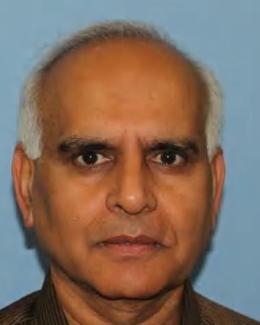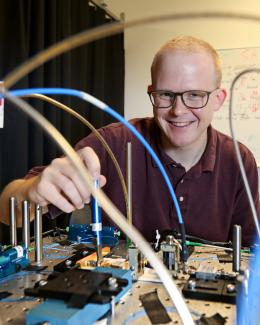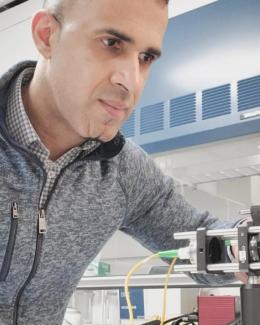Abstract
The throughput of conventional and quantum network connections is an important performance metric, which is typically specified by bits per second (bps) and entangled quntum bits per second (ebps), respectively. It is measured over practical quantum network connections using specialized methods, and estimated using analytical bounds for which extensive theory has been developed. For practical connections, however, these two quantities have often been hard to correlate due to the lack of measurements and estimates derived under well-characterized common conditions. They both differ significantly from the conventional network throughput of TCP which employs buffers and loss recovery mechanisms. We describe a conventional-quantum testbed that enables the comparison of these two quantities both qualitatively and quantitatively. The bps and ebps throughput is measured over fiber connections of lengths over 75 kilometers, which show that the former decreases significantly slower with distance than the latter and in a qualitatively different way. The analytic capacity estimates of ebps are derived using approximations based on light intensity measurements, and they decrease more rapidly with distance than the measured ebps throughput. These results provide qualitative insights into the conventional transport mechanisms based on buffers, and the conditions used in deriving the analytical ebps capacity estimates.






